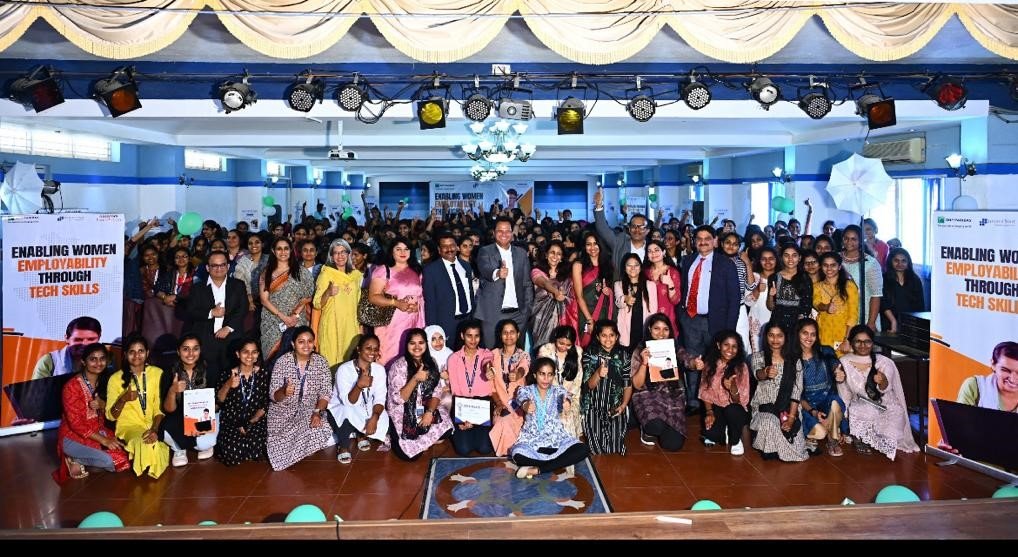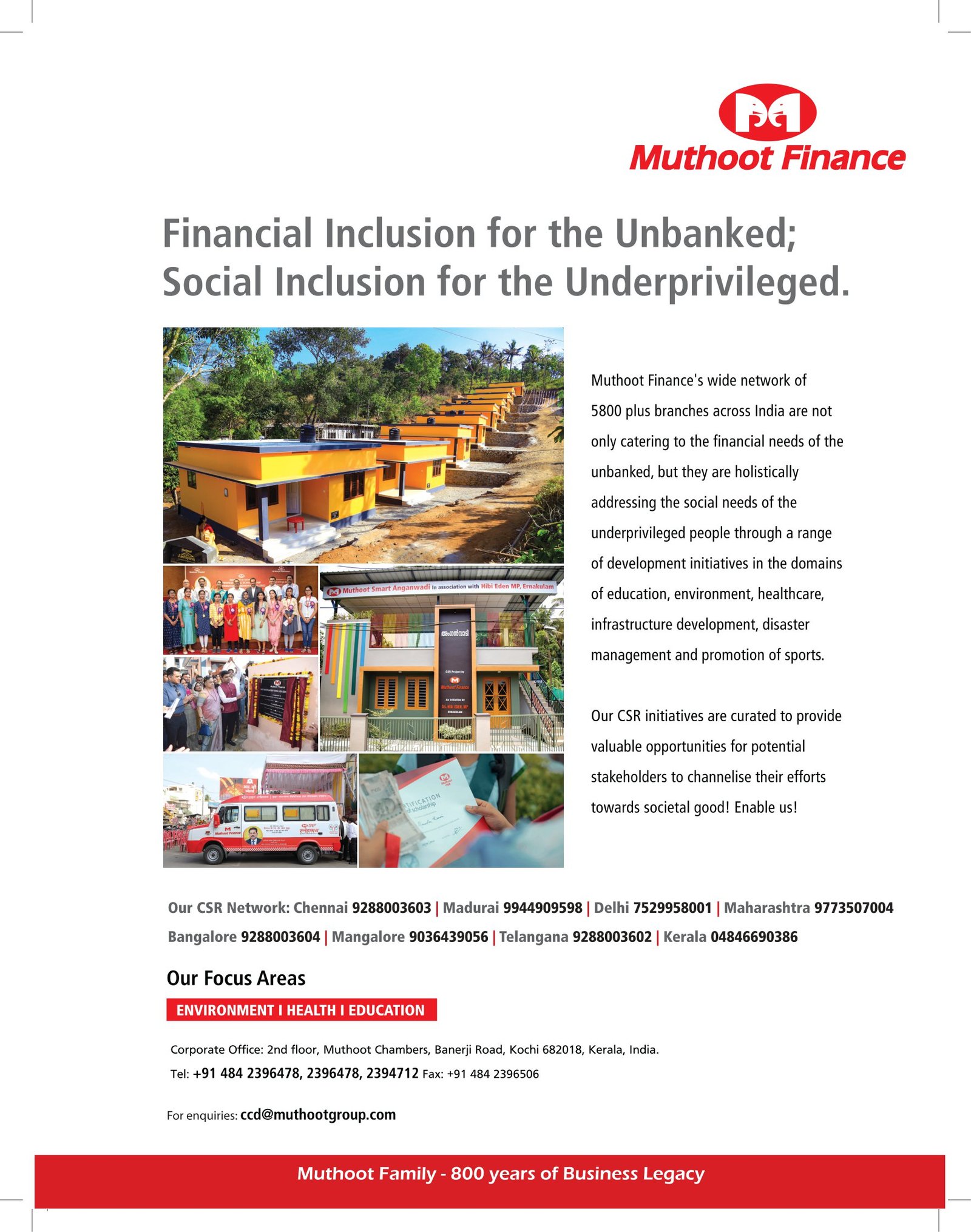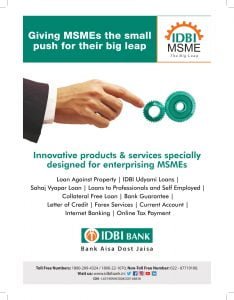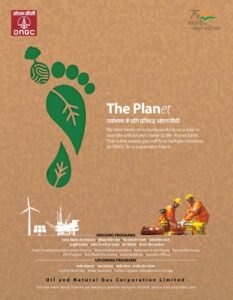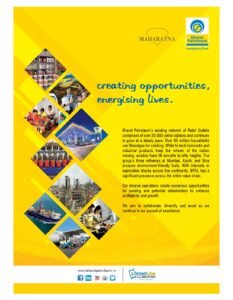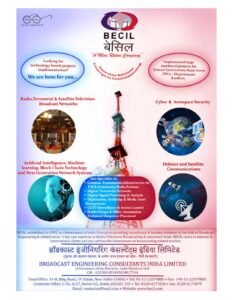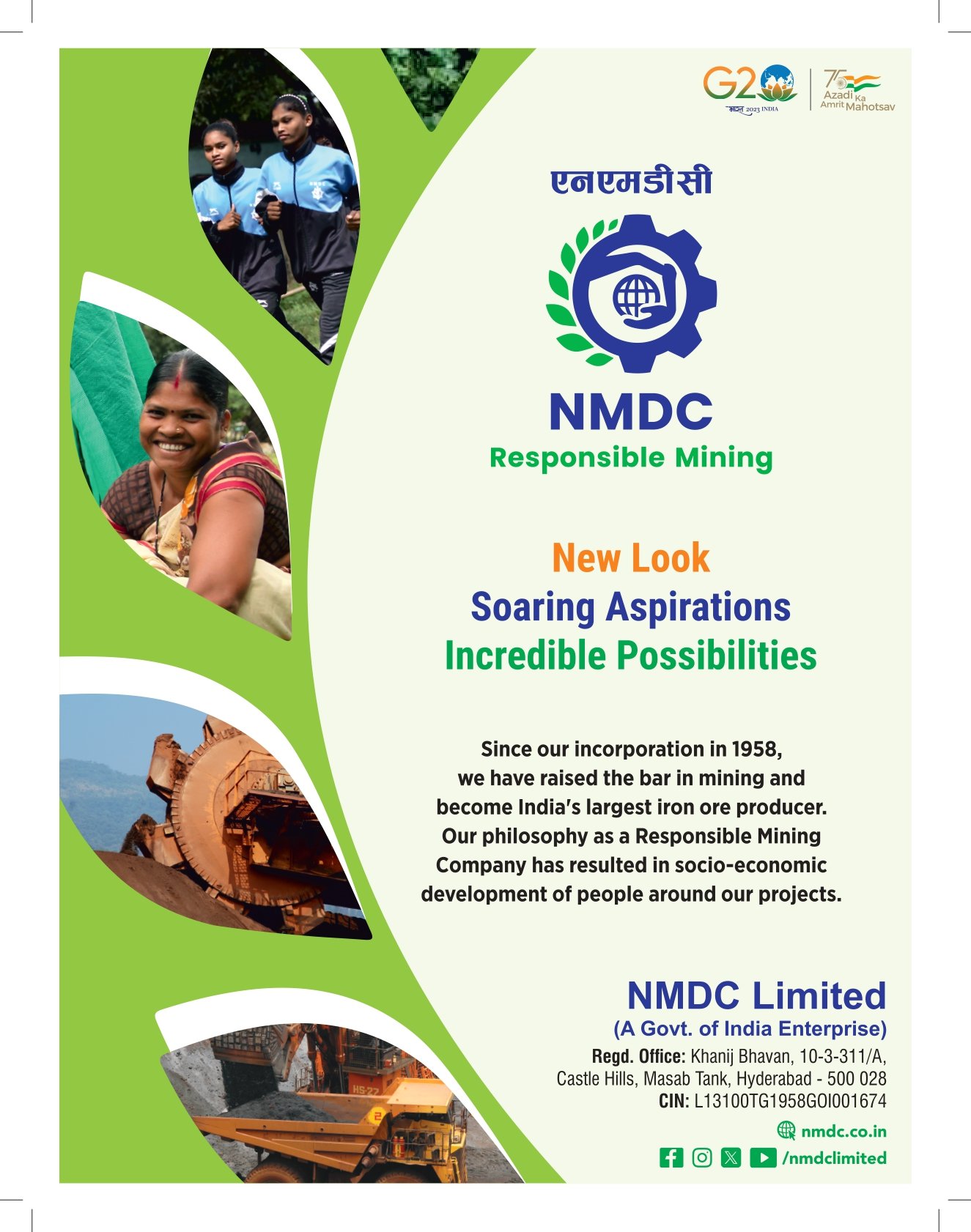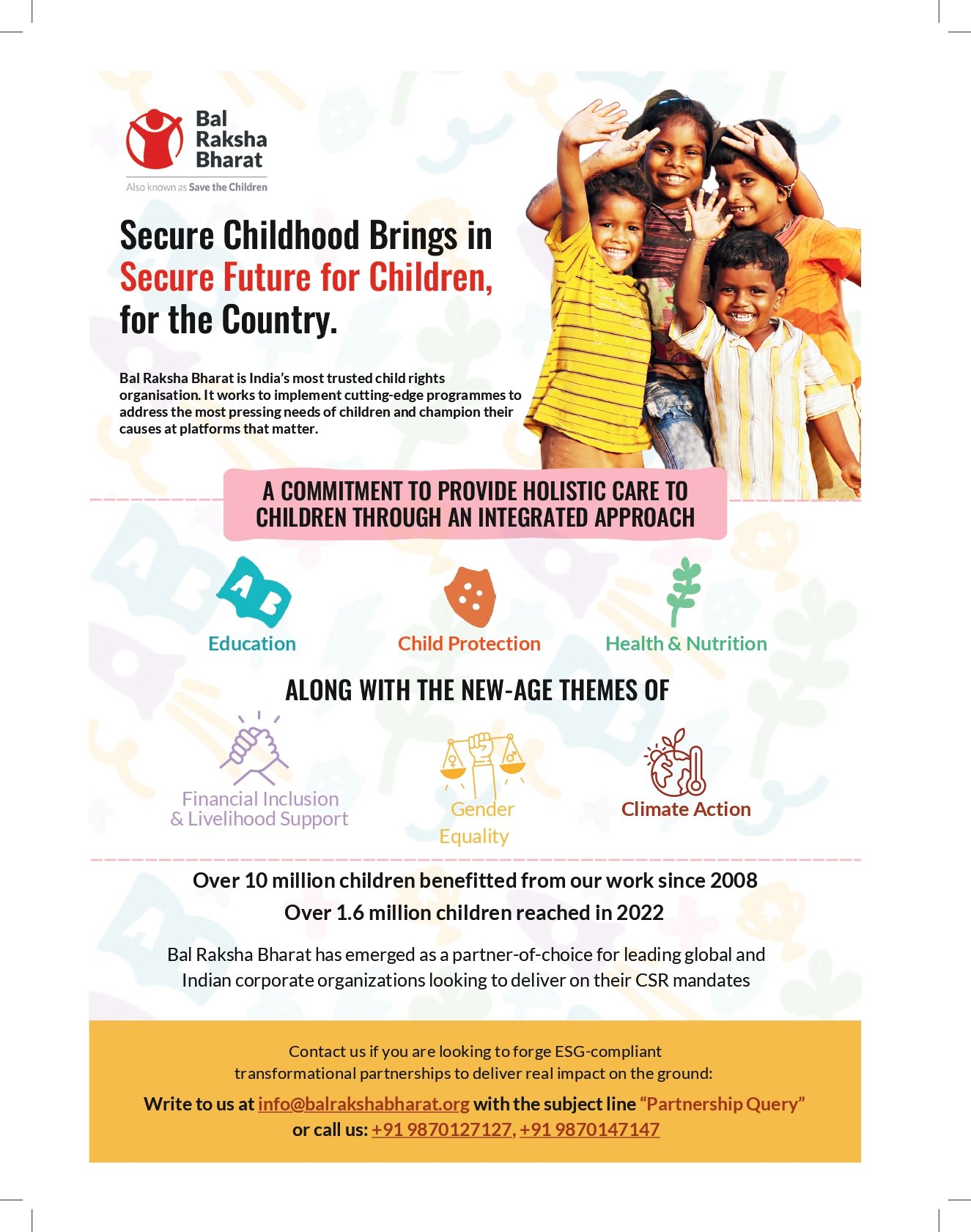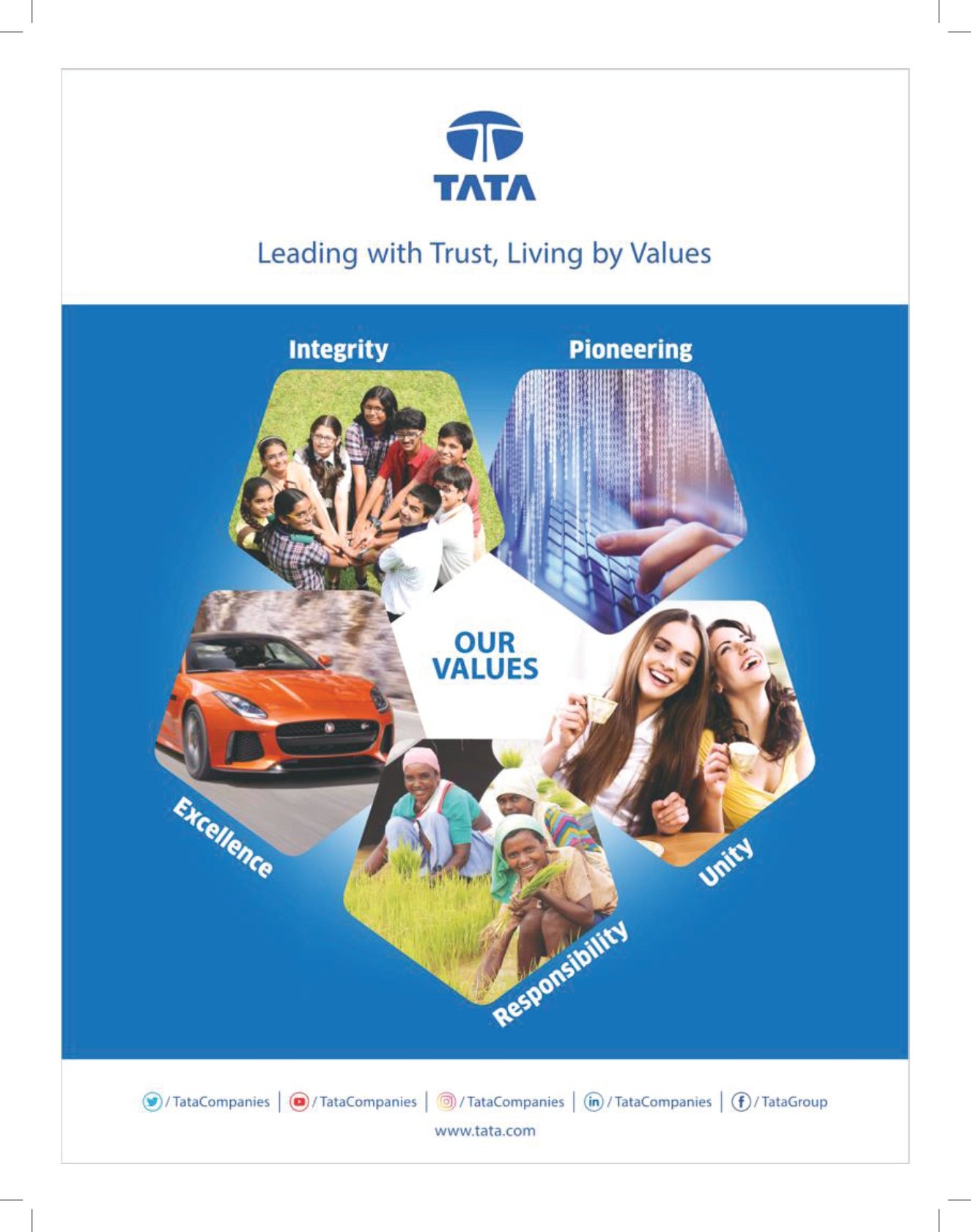
An interview with Yasmin Riaz
Director – Resource Mobilization, Bal Raksha Bharat
(Bal Raksha Bharat, a society registered under societies Registration Act, 1860)
What have been the key goals and objectives in the last decade?
Our vision is to shape a world where each child secures the fundamental rights of survival, protection, development, and participation. Our mission is to spark transformative changes in how children are treated, leading to both immediate and enduring improvements in their lives. Our strategy for achieving this mission is rooted in four core principles: forging partnerships, achieving widespread impact, advocating for marginalized children and communities, and continually innovating to keep our efforts pertinent.
Aligned with our 2030 strategy, we have identified four key thematic priorities:
- Facilitating children’s access to healthcare and nutrition services, which also included elements of mental well-being and water, sanitation, and hygiene. (WASH)
- Ensuring that children have access to high-quality education with a sharper focus on early learning and ensuring safety in schools.
- Eradicating child abuse and exploitation ranges from keeping children safe from trafficking, online security threats, child marriages, and child labor.
- Guaranteeing livelihood opportunities for adolescents and young adults through skilling and entrepreneurship opportunities.
What were the driving factors or catalysts that led your organization to consider transitioning from a child rights-led approach to a childcare-led approach?
Our evolving strategy as an implementing organization is in sync with the government’s vision of creating a comprehensive environment where children can flourish sustainably. This environment should encompass not only their rights but also address their physical, emotional, social, and developmental needs, all of which are crucial for their healthy growth and overall development.
- We are shifting towards an approach centered around childcare, as it offers a more practical framework for delivering services and support to children and their families.
- A childcare-focused approach places significant importance on actively engaging and empowering communities. It acknowledges the vital role of parents, caregivers, and local stakeholders in making decisions and taking actions that impact children’s well-being, fostering a sense of ownership and sustainability.
- This childcare-oriented approach aligns with global objectives and enables our organization to contribute to broader national and international sustainability targets.
- The transition to a childcare-centric approach can enhance collaboration and engagement with a wider array of stakeholders, including government agencies, civil society organizations, and communities.
This broader coalition can magnify the impact of initiatives aimed at improving children’s lives.
Could you elaborate on the key differences between being child rights-led and childcare-led, and how this shift impacts your organization’s mission and activities?
While both a child rights-led and child care approach are equally important, the impact in the latter could be more pronounced, tangible, and immediate in a relative sense.
A Child rights–led organization advocates for children’s rights defined by international and national laws, emphasizing survival, protection, development, and participation. The approach utilizes advocacy, policy reform, legal actions, and awareness campaigns, often engaging in lobbying for government policy changes. There is limited direct community involvement. The impact is usually measured by policy changes, legal successes, and enhancements in the legal and social framework for children’s rights.
On the other hand, Child Care Organizations, concentrate on immediate and comprehensive child needs, including health, education, nutrition, and overall well-being. The approach is more service-oriented, providing healthcare, education, shelter, and essential support directly to children and families and prioritizes community involvement, collaborating closely with parents, caregivers, and local stakeholders. They seek to fulfill the immediate needs of children and families, emphasizing overall well-being. Impact is evaluated through tangible improvements in the lives of directly served children and families, such as enhanced health and education.
Bal Raksha Bharat has extensive experience and expertise in designing and monitoring programs very closely with partners. With our advocacy efforts across various Govt bodies and Ministries and our own more recent experience in implementing programs directly, Bal Raksha Bharat has an edge in both Child rights-led and child-care approaches and is fully capable of straddling both aspects to ensure that impact is maximized for the children and communities.

What advantages does an implementing organization offer to donors?
There is a growing preference for implementing organizations, particularly among local donors. Implementing programs directly offers several advantages. It enhances transparency, fosters cost -effectiveness, strengthens community engagement, and provides a heightened sense of ownership and control over the work being carried out.
Transparency: Implementing programs directly allows for a clearer and more direct line of sight into how funds are utilized. This transparency is particularly important for donors, as they can better track the impact of their contributions and ensure that their resources are being used efficiently and effectively.
Impact-focused delivery: By working as implementing organizations, we can streamline administrative costs and reduce overhead. This means a higher percentage of the funding goes directly towards the intended programs and services, maximizing the impact of each dollar or rupee spent.
Better Connection with Communities: Direct implementation often involves close collaboration with the communities being served. This proximity allows for a deeper understanding of the community’s needs, preferences, and cultural nuances. Implementing organizations can tailor their programs more effectively to address these specific requirements.
Ownership and Control: Implementing organizations have a greater sense of ownership and control over the work they undertake. We can make real-time adjustments, respond promptly to emerging challenges, and ensure that the programs align closely with their mission and values. This sense of ownership can lead to more effective and impactful initiatives.
These advantages contribute to more effective and efficient program delivery, ultimately benefiting the communities being served.
How is Bal Raksha Bharat engaging with stakeholders, including donors, beneficiaries, and partners, during this transition process? What is their response?
The current partners have shown strong support and enthusiasm for this shift, as it guarantees improved process quality control, better accountability, and cost efficiencies. In light of the recent CSR law amendment, which now obligates companies engaged in CSR activities to carry out impact assessment studies, there is a need for corporations to engage in enduring partnerships to achieve sustainable change. This new mandate aligns perfectly with our recent transition into a self-implementing organization, as it greatly facilitates the delivery and evaluation of our impact efforts.
How has this transformation affected the services and programs Bal Raksha Bharat offers for children and communities? Why should donors partner with Bal Raksha Bharat?
The transformation from a program design to an implementation organization has led us to be more focused on building some of the aspects listed below. A successful program with an impact-focused design requires a combination of effective program planning, robust measurement metrics, specialized software systems, proactive risk management, and ongoing efforts to optimize costs. These elements together contribute to the achievement of meaningful outcomes and the efficient use of resources.
Global and local technical experience and expertise: BRB leverages its global programming expertise and has a deep local presence across the length and breadth of the country.
Impact-Focused Program Design: We conduct thorough needs assessments and stakeholder consultations to ensure that program objectives align with the actual needs and priorities of the intended beneficiaries. Program design also incorporates evidence-based practices and proven strategies to maximize the chances of success.
Measurement Metrics: Effective programs require well-defined measurement metrics that help track progress and evaluate the impact of the program over time. Regular data collection and analysis are essential to ensure that the program is on track and meeting its intended goals.
Systems in Place: Direct implementation required us to have proper Software systems for program management and tracking to streamline operations, manage resources, and maintain accurate records. Effective finance management software like Agresso assists with budgeting, financial reporting, and resource allocation, ensuring that resources are used efficiently. Programme Management Systems (PMS) helps monitor and evaluate program performance against predefined metrics and objectives.
Risk Mapping, Measurement, and Monitoring Systems: To mitigate potential challenges and setbacks, it’s crucial to have systems in place for identifying, mapping, and assessing risks associated with program implementation. By proactively addressing risks, disruptions can be minimized to ensure that the program stays on track toward its impact-focused goals.
Cost Efficiencies and Optimization: Achieving better cost efficiencies involves managing resources in a way that maximizes the impact of each dollar spent. Regular reviews and adjustments are important to optimize program costs while maintaining quality and impact.
What lessons have you learned from this transformational journey that could be valuable for other NGOs or organizations working in the child welfare sector?
A well-rounded approach to organizational success involves having a well-articulated Vision and long-term Programme plan, well-defined overarching theory of change, diversifying funding sources, optimizing costs for credibility, nurturing talent across functions, embracing innovation for relevance, and making strategic investments in infrastructure and systems. These elements collectively contribute to an organization’s ability to achieve its mission and make a meaningful impact.
How has your fundraising and donor engagement strategy evolved as a result of this shift?
We have experienced increased support from local donors, primarily due to our shift towards self-implementing programs with well-defined outcomes and improved cost structures. This has resulted in a higher level of enthusiasm and acceptance among donors.
Our local funding portfolio is fairly robust, and we plan to enhance it further by engaging with group companies of some of our existing partners. Additionally, we are now better equipped to approach Public Sector Undertakings (PSUs) and corporate foundations, which we haven’t actively engaged with in the past.
Furthermore, we are now well-positioned to explore emerging and innovative funding avenues such as the Social Stock Exchange and Results-based innovative funding streams.
What are the future innovative ways of working that you are considering?
The blended finance space is fast emerging as an alternative to traditional funding mechanisms for social impact projects. We initially partnered on a pro bono basis, with Oliver Wyman who helped us think through our business model innovation Strategy and helped collate the impact investing landscape in India. We have developed reasonable insight on three noteworthy impact investment instruments i.e., Development Impact Bonds / Social Impact Bonds, Pay for Success Grants, and Social Enterprise.
We also undertook a sector-wise analysis of social enterprises across key sectors of Education, Healthcare, Tech for Development, and Youth Employment. Internal Working groups were formed to initiate efforts for shortlisted innovative instruments. We have invested a fair bit of time and effort in building the capabilities required to leverage these emerging opportunities. We then partnered with Dalberg to create ready propositions for blended finance partnerships and to explore the compliant structure line with the innovative financing strategy. We have been engaged in conversations with prospective Risk investors and outcome funders. We have also registered on the Social Stock exchange and are in the process of listing a Zero coupon zero principal bond on the exchange.








